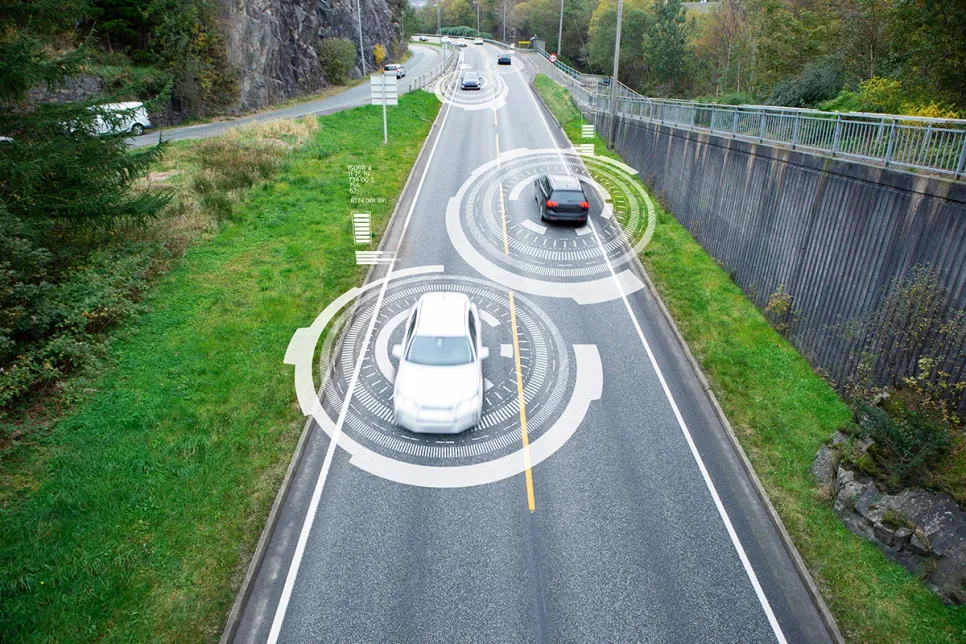D2C Revenue Set for $370 Million Surge
A new study by Juniper Research has found that satellite provider revenue from direct-to-cell (D2C) will exceed $370 million in 2026, up from $100 million this year.

The connected vehicle technology known as cellular-vehicle-to-everything technology (C-V2X) holds the potential to deliver transformational benefits in road safety, enhance environmental sustainability, and create new jobs in the U.S., Qualcomm asserted in a new white paper. The report describes the power of C-V2X and raises the issue that regulatory delays have hindered its deployment.
C-V2X is designed to allow vehicles to communicate with other vehicles, infrastructure, and vulnerable road users—such as pedestrians and cyclists—without the involvement of a cellular network. Implementing C-V2X and wireless technologies in transportation will bring about huge benefits to the public interest, such as reducing roadway incidents and improving trip planning, transportation mode choice, and traffic efficiency - all of which will inevitably lead to lower fuel consumption.
Examples of these benefits include real-time route guidance to bypass congestion, adjusting vehicle dynamics for optimal speed with less braking and idling for better fuel use, and personal mobility services for additional travel options. The expected benefits from C-V2X also include up to 10,000 fatalities avoided per year, up to 800,000 injuries avoided per year, p to 2,800,000 fewer damaged vehicles per year, and up to $12.6 billion saved per year due to fewer damaged vehicles.
“When vehicles are connected to everything around them, drivers and infrastructure can communicate to make travel safer — reducing crashes, cutting congestion, and lowering emissions,“ said Jim Misener, Senior Director of Product Management at Qualcomm. “Due to its many societal benefits, automakers and the public sector are showing strong interest in deploying C-V2X.“
The white paper calls on the U.S. federal government to draw up a national C-V2X deployment plan and urges the Federal Communications Commission (FCC) to approve waiver requests for the implementation of C-V2X in the 5.9 GHz band. The report notes that automakers, state departments of transportation, metropolitan planning organizations, and local agencies are eager to deploy connected vehicle technology. But progress toward C-V2X in the U.S. has been stalled by regulatory impediments. Meanwhile, other countries are increasing investment in this critical technology.